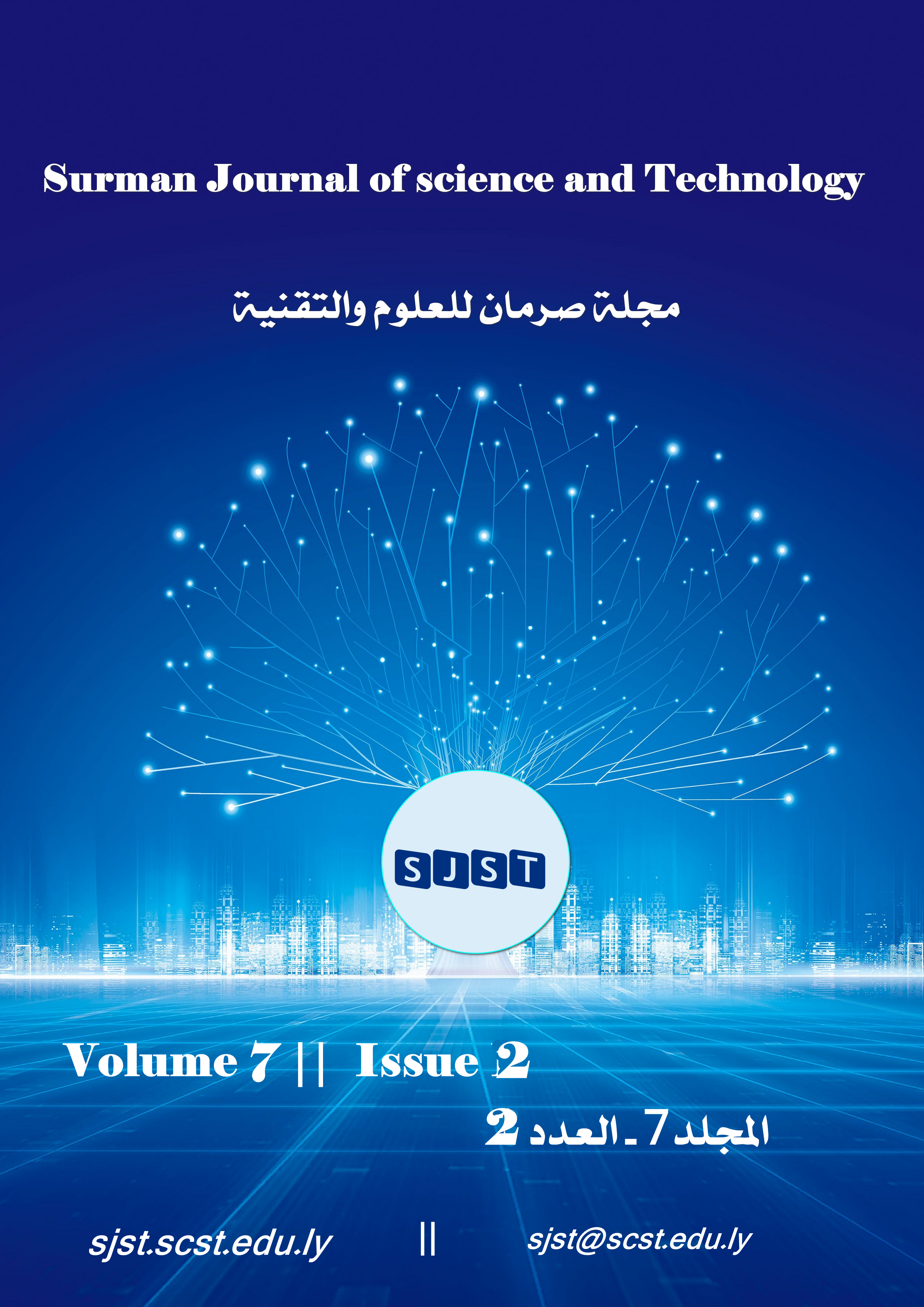Public Awareness and Knowledge of Ionizing Radiation Risks from Medical Imaging Examinations in Western Libya
Main Article Content
Abstract
This cross-sectional study evaluated public knowledge and awareness of ionizing radiation risks in medical imaging, alongside preferred information sources and communication methods. A total of 172 participants were surveyed, predominantly female (66.5%) and aged 25–35 years (49.4%), with most holding a university degree (75.3%). Overall knowledge was limited: while awareness of common examinations such as X-ray (61.4%) and dental radiography (44.4%) was moderate, more than half (56.9%) could not distinguish ionizing from non-ionizing procedures. Significant gaps were noted regarding dose levels, patient-related factors (e.g., weight), and the relative risk of imaging modalities. Most participants rated their knowledge as moderate or poor (63.2%), with the internet and social media (48.5%) serving as primary information sources. Nearly half (50%) reported receiving no risk-related information during examinations, despite a clear preference for communication by radiologists (57.3%) and technologists (43.9%), and for reporting doses in standard units (41.5%). Chi-square analysis revealed statistically significant associations (p < 0.05) between demographic variables and knowledge-related responses. These findings highlight critical knowledge and communication gaps, underscoring the need for structured educational interventions, improved patient–provider communication, and the integration of digital platforms to promote safe medical radiation practices.
Downloads
Article Details

This work is licensed under a Creative Commons Attribution-NonCommercial 4.0 International License.

